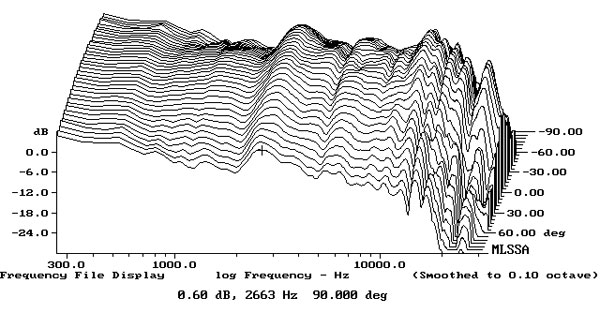montesquieu
pfm Member
I would be cautious about the sweet spot issue.
I have a mate with Tannoy Canterburys (15in, Prestige Series, immediately prior to the current versions).
These are plonked on the floor and therefore have the driver somewhat below ear level. They sound fine but you don't really hear all that they can do without getting off the couch and sitting on the floor - this brings the tweeter to ear height and it sound much better all round - more musically coherent but also more detailed and with improved sound-stage compared to sitting on the sofa.
Admittedly this is in a smallish room, so a much smaller cone area for the tweeters in particular (since it's treble that 'beams' due to the physics of dispersal) to work properly. But it would certainly make me think carefully about too toed-in a pattern based on purely theoretical dispersal capability.
Tweeters at ear height and speakers toed very marginally out (not in) seems to work best in my room to deliver a sweet spot for two on the listening sofa, albeit with vintage (HPD) not modern drivers which I think are more tolerant in terms of dispersal than later or current drivers.
I have a mate with Tannoy Canterburys (15in, Prestige Series, immediately prior to the current versions).
These are plonked on the floor and therefore have the driver somewhat below ear level. They sound fine but you don't really hear all that they can do without getting off the couch and sitting on the floor - this brings the tweeter to ear height and it sound much better all round - more musically coherent but also more detailed and with improved sound-stage compared to sitting on the sofa.
Admittedly this is in a smallish room, so a much smaller cone area for the tweeters in particular (since it's treble that 'beams' due to the physics of dispersal) to work properly. But it would certainly make me think carefully about too toed-in a pattern based on purely theoretical dispersal capability.
Tweeters at ear height and speakers toed very marginally out (not in) seems to work best in my room to deliver a sweet spot for two on the listening sofa, albeit with vintage (HPD) not modern drivers which I think are more tolerant in terms of dispersal than later or current drivers.




